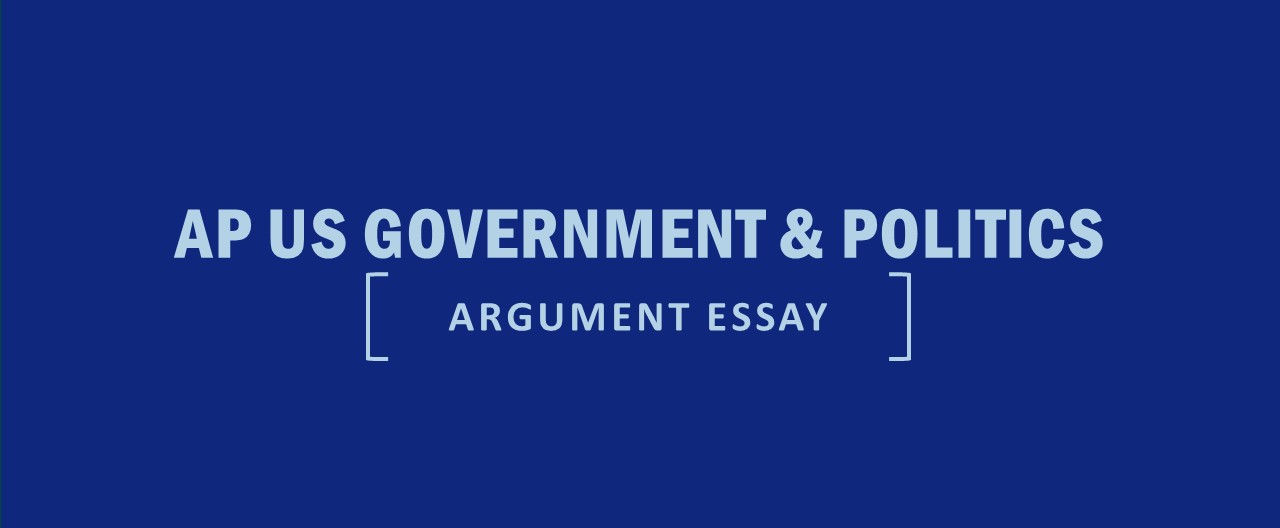AP US Government and Politics: Interactions Among Branches of Government Notes
Key Terms: Interactions Among Branches of Government
The Congress
- U.S. Congress: The legislature of the federal government, divided into a Senate and a House of Representatives. Senate: Upper house of Congress, designed to represent state interests; this chamber consists of 100 members, two from each state.
- House of Representatives: Lower house of Congress, designed to represent the people; this chamber consists of 435 members, with each state allotted a number of seats based on its population.
- Bicameral legislature: A lawmaking body that is divided into two houses, such as the U.S. Congress.
- Enumerated powers: Powers that are explicitly granted to Congress within the text of the Constitution.
- Necessary and proper clause: A statement in Article I of the Constitution giving Congress the implied power to expand the scope of its enumerated powers.
- Implied powers: Powers belonging to a government entity that are not expressly stated in the Constitution; powers that are derived from explicit or enumerated powers.
- McCulloch v. Maryland (1819): Landmark Supreme Court decision that held that Congress has implied powers necessary to implement its enumerated powers and that established the supremacy of the U.S. Constitution and federal laws over state laws.
- Speaker of the House: Formal presiding officer of the House of Representatives; a position established by Article I of the Constitution and elected by the entire House.
- Majority leader: Member of Congress elected by the majority party in each house to promote its legislative agenda, primarily by speaking with leaders of both parties of both houses, and the public.
- Majority whip: Member of Congress elected by the majority party of each house to encourage fellow party members to support the majority party’s legislative agenda.
- Minority leader: Member of Congress elected by the minority party of each house to promote its legislative agenda; analogous to the majority leader.

